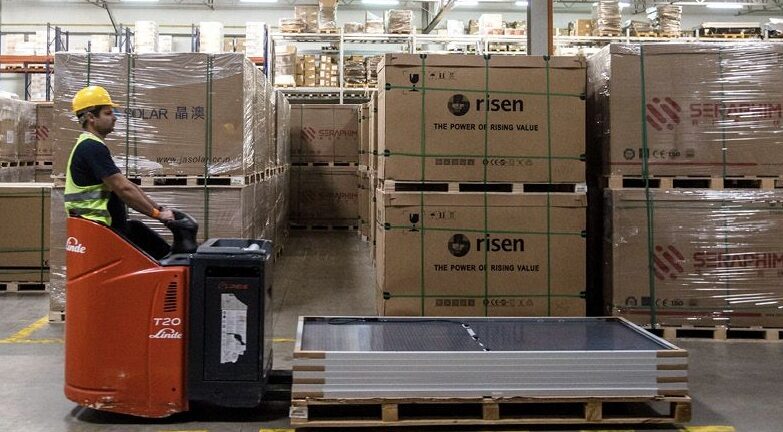Researchers at the Universiti Teknikal Malaysia Melaka have outlined a techno-economic optimization approach to define the appropriate power sizing ratio (PSR) for inverters used in grid-connected PV systems.
The PSR is the ratio of the inverter's rated power to the total rated power of the connected PV modules and is crucial to maximizing energy yield and income. “An undersized inverter limits the system's ability to convert all the generated DC power to AC power, leading to potential energy losses,” the scientists explained. “Conversely, an oversized inverter incurs higher initial costs without a proportional increase in energy production.”
The proposed methodology uses a pattern search algorithm (PSA), which is an optimization technique commonly utilized for problems with complex relationships and potentially noisy data, to ensure an accurate representation of real-world inverter behavior.
The model considers radiation, convection thermal representations, and real-world weather data. It also takes into account data from the inverters' datasheets to evaluate the efficiency curve of the devices. From this curve, it then extracts key points to identify efficiency values between the chosen data points.
“The model undergoes a calibration phase where the efficiency curve points are iteratively adjusted by the PSA until the estimated/modeled values closely match the actual measurements obtained from the real system over a predefined period,” the group explained. “This calibration step guarantees that the model accurately reflects the real-world performance of the system.”
According to the scientists, the model can estimate the annual power yield of a solar array for each iteration step through various DC/AC power ratios, which in turn allows PV system owners to find the optimized ratio that maximizes energy production.
They also warned that the proper selection of the optimal PSR needs to be complemented by economic considerations relating to inverter costs, operation and maintenance, inverter complexity, and monitoring systems. “It's important to note that the cost function doesn't directly represent monetary value but rather a relative measure of economic performance,” they stressed. “The actual economic feasibility would depend on specific system costs and electricity prices.”
The novel methodology was presented in the study “Techno-economic optimization of photovoltaic (PV)-inverter power sizing ratio for grid-connected PV systems,” published in Results in Engineering.
“Future research directions involve exploring the integration of additional factors into the model,” the research team concluded. “These factors could include advanced weather forecasting capabilities, dynamic pricing schemes, and potential application to different types of PV systems or even broader renewable energy systems.”
This content is protected by copyright and may not be reused. If you want to cooperate with us and would like to reuse some of our content, please contact: editors@pv-magazine.com.




Good
Great article
Several enhancements could be considered:
1. Energy Storage:
Add a battery storage component to the model. This would allow for simulating energy storage during peak production and use during low production or high demand periods.
2. Grid Integration:
Include a grid connection model to simulate bidirectional power flow. This would enable analysis of grid feed-in scenarios and grid support functions.
3. Load Profile:
Incorporate a dynamic load profile to model realistic energy consumption patterns. This would help in optimizing system sizing and studying supply-demand matching.
4. Weather Prediction:
Integrate a weather forecasting module to improve the “Set Optimal Operating Point” function, enabling predictive control strategies.
5. Thermal Management:
Expand the thermal model of the solar panels to include active cooling systems, which could improve efficiency in high-temperature conditions.
6. Shading Analysis:
Add a shading model to simulate partial shading effects on the solar panels, which can significantly impact system performance.
7. Degradation Modeling:
Implement a long-term degradation model for both solar panels and inverter to simulate system performance over its lifetime.
8. Multiple Inverter Topology:
Model multiple inverters or micro-inverters to compare different system architectures.
9. Fault Detection:
Include fault detection and diagnosis modules to simulate system behavior under various fault conditions.
10. Economic Analysis:
Add components to calculate financial metrics like levelized cost of energy (LCOE) or return on investment (ROI) based on the system’s performance.
11. Auxiliary Power Systems:
Model auxiliary power systems like tracking mechanisms for the solar panels, if applicable.
12. Environmental Impact:
Include calculations for CO2 emissions avoided or other environmental impact metrics.
What if my inverter is off line and out of manufacturer warranty. Panels are working. Does it affect energy generating?